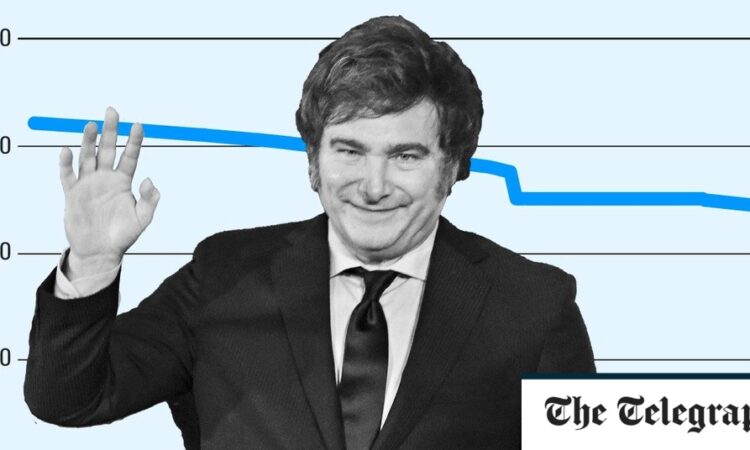
At the other end of the spectrum, the Japanese yen and the Norwegian Krone vied to be the biggest fallers in the G10 currency league, both losing around 10pc against the US dollar.
Japan’s central bank has kept interest rates in negative territory. The Norwegian Government has been selling krone to buy foreign currency, while a drop in energy prices since last winter has hit exports.
Elsewhere in the world, much more dramatic slumps and booms have swept through the currency markets. Here are the biggest winners and losers of the past 12 months.
Winners
Afghan afghani
Afghanistan’s exchange rate story is one of remarkable recovery over the past year, taking the afghani to its highest level against the dollar since early 2018.
This year’s gain of more than 28pc came two years after the Taliban’s return to power in 2021. That sent the currency tumbling to its nadir in early 2022, as Kabul was cut off from international funds. But the afghani has more than recovered those losses.
The rebound is more than can be said for the wider economy – GDP crashed by 25pc after the Taliban takeover and the World Bank expects no growth this year. Life under the repressive regime is particularly harsh for women.
The currency has recovered in part because some aid flows have resumed. The authorities have also banned the use of foreign currencies, boosting local demand for the afghani.
But the World Bank has warned the exchange rate is distinctly vulnerable to any interruption in those flows of dollars.






